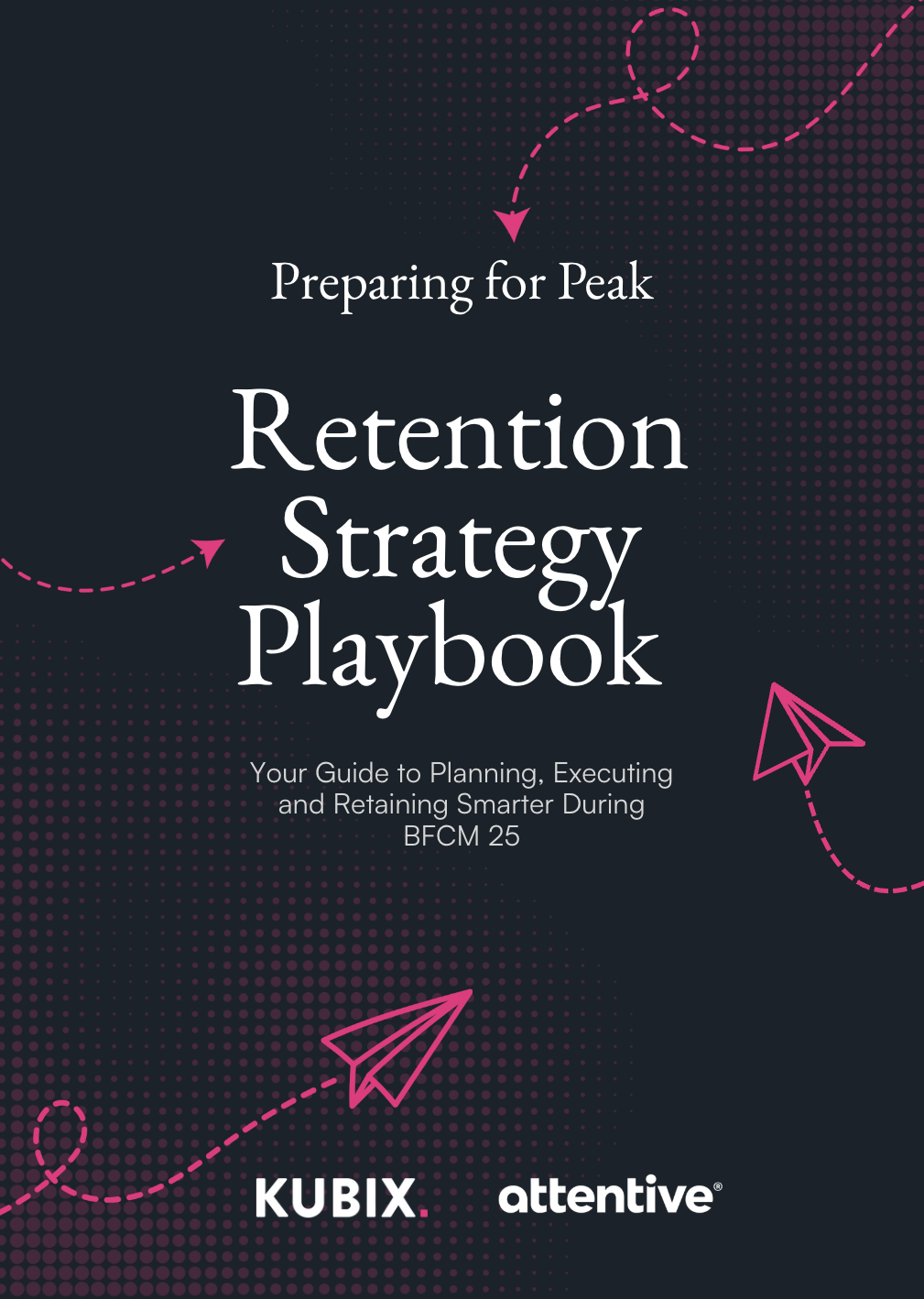Interview multiple candidates
Lorem ipsum dolor sit amet, consectetur adipiscing elit proin mi pellentesque lorem turpis feugiat non sed sed sed aliquam lectus sodales gravida turpis maassa odio faucibus accumsan turpis nulla tellus purus ut cursus lorem in pellentesque risus turpis eget quam eu nunc sed diam.
Search for the right experience
Lorem ipsum dolor sit amet, consectetur adipiscing elit proin mi pellentesque lorem turpis feugiat non sed sed sed aliquam lectus sodales gravida turpis maassa odio.
- Lorem ipsum dolor sit amet, consectetur adipiscing elit.
- Porttitor nibh est vulputate vitae sem vitae.
- Netus vestibulum dignissim scelerisque vitae.
- Amet tellus nisl risus lorem vulputate velit eget.
Ask for past work examples & results
Lorem ipsum dolor sit amet, consectetur adipiscing elit consectetur in proin mattis enim posuere maecenas non magna mauris, feugiat montes, porttitor eget nulla id id.
- Lorem ipsum dolor sit amet, consectetur adipiscing elit.
- Netus vestibulum dignissim scelerisque vitae.
- Porttitor nibh est vulputate vitae sem vitae.
- Amet tellus nisl risus lorem vulputate velit eget.
Vet candidates & ask for past references before hiring
Lorem ipsum dolor sit amet, consectetur adipiscing elit ut suspendisse convallis enim tincidunt nunc condimentum facilisi accumsan tempor donec dolor malesuada vestibulum in sed sed morbi accumsan tristique turpis vivamus non velit euismod.
“Lorem ipsum dolor sit amet, consectetur adipiscing elit nunc gravida purus urna, ipsum eu morbi in enim”
Once you hire them, give them access for all tools & resources for success
Lorem ipsum dolor sit amet, consectetur adipiscing elit ut suspendisse convallis enim tincidunt nunc condimentum facilisi accumsan tempor donec dolor malesuada vestibulum in sed sed morbi accumsan tristique turpis vivamus non velit euismod.
1. Influencers
We all hear about social media influencers and their impressive lifestyles. You know, those really cool folk on apps like Instagram or TikTok who get a load of free products in return for a little plug here and there. The people who get all expenses paid trips or even a flashy new car just so they can brag about how great it is on social media. Despite the fact that influencer marketing seems like some kind of sneaky ploy, it really does have an impact. In their state of influencer marketing report 2020, Launch Metrics found that influencer marketing increased sales by 18% for a variety of brands. Influencers not only directly increase sales, they also help give your brand voice, personality and community. They make your brand human.

Activewear brand Gymshark gives us perhaps one of the best examples of super effective influencer marketing. In fact, much of their advertising strategy is based around it. They identified a number of fitness influencers with sizeable followings (consisting largely of precisely the people Gymshark wanted to target) on platforms such as Instagram, and simply gave them free activewear from leggings to sports bras and tank tops. In return, these influencers wore Gymshark products and created posts talking about how they used them. This exploded into their ‘Gymshark Ambassadors’ programme; certified influencers paid to work exclusively with Gymshark, and many of whom are now fully fledged celebrities in their own right. This approach has helped turn Gymshark into one of the coolest (and most successful) fitness brands in the world.
2. Reviews
Now perhaps giving away free stuff doesn’t really fit your brand (or your budget), but that doesn’t mean you can’t reap the benefits, and the influence of happy customers, without having to give away stuff for free.
It's not just about social media, as reviews fall under the UGC category too. Plain old reviews are quite a bit more than just a glorified comments section at the bottom of a product page. Think of your reviewers as ‘mini influencers’. Influence being the keyword here, as the evidence proves just how influential they can be. This notion of smaller and larger scale influencers is already an established concept in the form of “macro-influencers” and “micro-influencers”. Macro-influencers are those we’ve already touched on, such as those with hundreds of thousands or millions of followers. Micro-influencers however, according to marketing software company IZEA, are individuals who may not be considered celebrities, but still have a sizeable audience of “10K-50K” followers. Despite their smaller following they’re immensely valuable to brands, as they’re often experts in their respective fields, with followers who hang onto their every word, and importantly, their every recommendation.
Just simply having a place for people to see others who’ve bought your products gives confidence in your brand. It shows that your products are doing something for people. And so that explains why Dixa also found that 86% of people hesitate to buy when there are no reviews. Reviews generate something we call ‘social proof’. Well actually, we don’t call it that, psychology does. It’s a concept that says people tend to copy the things other people do. We all look to others to make decisions about our own behaviour and to make sure we’re doing the right thing. By seeing a virtual 'crowd' of people on the page, customers feel that they're not the first ones taking a leap of faith by investing in a product or brand. This concept - known as the ‘wisdom of the crowd’ - can be a significant tool to leverage in building confidence in your brand.
But aside from pushing sales, what else can reviews help with? Building a community for your customers can help encourage loyalty and emotion around your brand. A community helps customers feel they’re part of something much bigger, and drives them to develop a vested interest in your brand beyond simply being a customer. They’ll feel motivated to share their experiences, tips and guidance to support others in getting the most out of your products. Very quickly you could find yourself with a legion of mini brand ambassadors, helping to get the word out about your business for absolutely no extra cost.
3. Organic Social
So back to social media. How does this factor in with reviews? While now we’re not talking about the megastar influencers of Instagram and TikTok, social media is a good source of organic reviews. Organic meaning reviews you didn’t even ask for - they get posted whether you like it or not! Why? Because people like to talk and share their experiences. Your customers may be talking about your brand or products on social media and you might not even know it. So it’s your job (and ours too) to make sure you can keep track of what’s being posted, and most importantly, how you can leverage it for the greatest impact.
First and foremost, we need to be sure customers are tagging you in their posts, but how do they know how to reach you? The simplest way to achieve that is to post content of your own which includes tags you might want your customers to use, and then in turn encourage customers to do the same. Creating a go-to hashtag helps to make it fun - you could share a particular ‘moment’ or experience a customer might have with your products, and then in turn encourage people to do this themselves using the tags you’ve specified. This starts the process of generating that organic content, leading to a chain reaction of new posts about your brand.

There are many great examples of brands who’ve utilised organic content on social media. The most iconic recent advertising campaign for one of the world's largest (and richest) brands was entirely based around UGC. Apple’s #shotoniphone campaign. To highlight just how good the iPhone’s camera is, the company simply encouraged customers to post pictures they’d taken with their phone with the hashtag #shotoniphone. This brilliantly simple idea led to a campaign that has been running for years, with user-generated photos being used not only on Instagram, but on Apple’s website, TV ads, and even giant billboards plastered all around the world. This led to a relationship between Apple and its customers, where iPhone users were celebrated for the content they created, and Apple got to use it in return.
4. How You Can Use UGC
So how could you replicate this for your own business? Simply asking your customers to post a selfie with the product in exchange for a repost, or perhaps even giving them the chance to win a gift card or free items from your product range, could significantly encourage customers to generate content for your brand. Once all this new content is out there, it establishes your presence on social media, and in turn (here’s that word again) organically encourages customers to start posting more content using the tags you’ve specified.
Once you’ve established this for your brand, it’ll start to become really easy to sample and feature content your customers have created in relation to you. This again brings us back to that notion of community - your customers will start to feel part of something, in turn increasing loyalty to your brand while simultaneously exposing your products to new customers.
So hopefully that’s UGC demystified. It’s an often forgotten piece of the marketing/e-commerce puzzle, but one that as we’ve seen, is so important, and actually a really easy way to make a big difference to your brand, and ultimately, your sales.
Ready to Begin your Black Friday Preparation?
We've teamed up with Attentive to compile this complete how to guide for planning, executing and retaining smarter during BFCM 25. Download your copy now:









.png)
